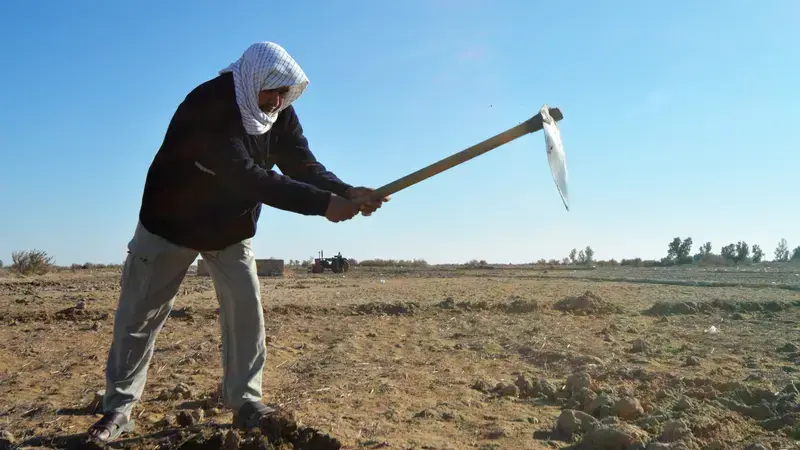Minimizing risk for higher gains
Published Date
October 30, 2016

As climate change increases the risk of crop failure, how do we encourage farmers to invest more in their productive capacity? One potential strategy is the promotion of index-based insurance schemes, which minimize risk and give farmers the confidence to buy the inputs they need to raise yields and strengthen food security.
Farmers are notoriously risk-averse. While many may want to invest in new technologies and innovations to enhance their productivity, climate change and the increased threat of crop failure strongly affects investment-related decisions. The result: yields that fall way below their potential, persistent poverty, and weaker food security at both the household and national level.
In recent years, development planners have increasingly looked at index-based insurance schemes to address this situation. Agricultural insurance against yield losses allows risk to be transferred to agricultural insurance markets - thereby increasing the confidence of farmers, facilitating their investments in agricultural production, and ultimately, raising yields and household incomes.
The feasibility of index-based insurance schemes
Index-based insurance schemes differ from traditional indemnity coverage in that they are based on factors such as rainfall rather than actual measured loss, and kick-in the moment a threshold fixed in advance is reached. Because transaction costs are lower, these schemes are also finically viable for private sector insurers and affordable for many small farmers.
Index-based insurance schemes in action.
ICARDA and partners have explored the potential of using index-based insurance schemes to minimize risks associated with winter wheat production in northern Syria. Scientists explored three strategies for a rainfall deficit index: a statistical index, a remote-sensing index, and an index based on agro-meteorological approaches.
The conclusion: risks associated with drought could be effectively reduced with index-based insurance schemes, particularly agro-meteorological approaches. Analysis of yield dependencies between different regions in Syria also revealed a low correlation, suggesting an opportunity for pooling systemic risk between different regions and providing insurance at affordable prices.
On a global scale, the World Bank has rolled out the Global Index Insurance Facility (GIIF) – a multi-donor trust fund that supports the development and growth of local markets for weather and disaster indexed base insurance in developing countries – primarily those in Sub-Saharan Africa, Latin America and the Caribbean, and the Asia-Pacific region.
It has proved to be popular with farmers: over 23,000 in Kenya and Rwanda have taken advantage of the scheme to protect themselves against drought, excessive rainfall, and storms. According to GIIF analysis, farmers have been able to invest, on average, 19 percent more in their farms, earning around 16 percent more than those without insurance cover.
